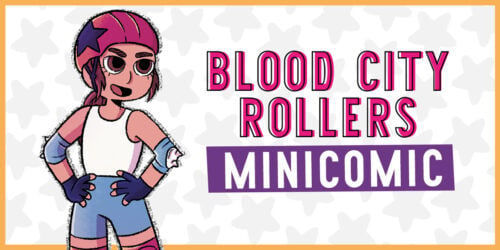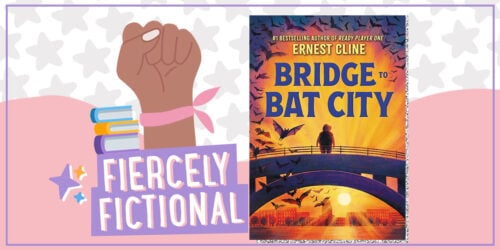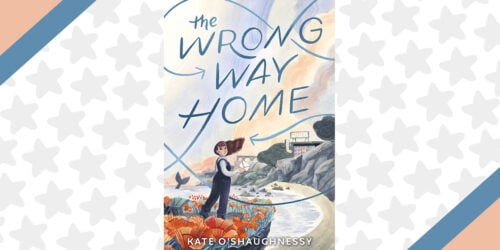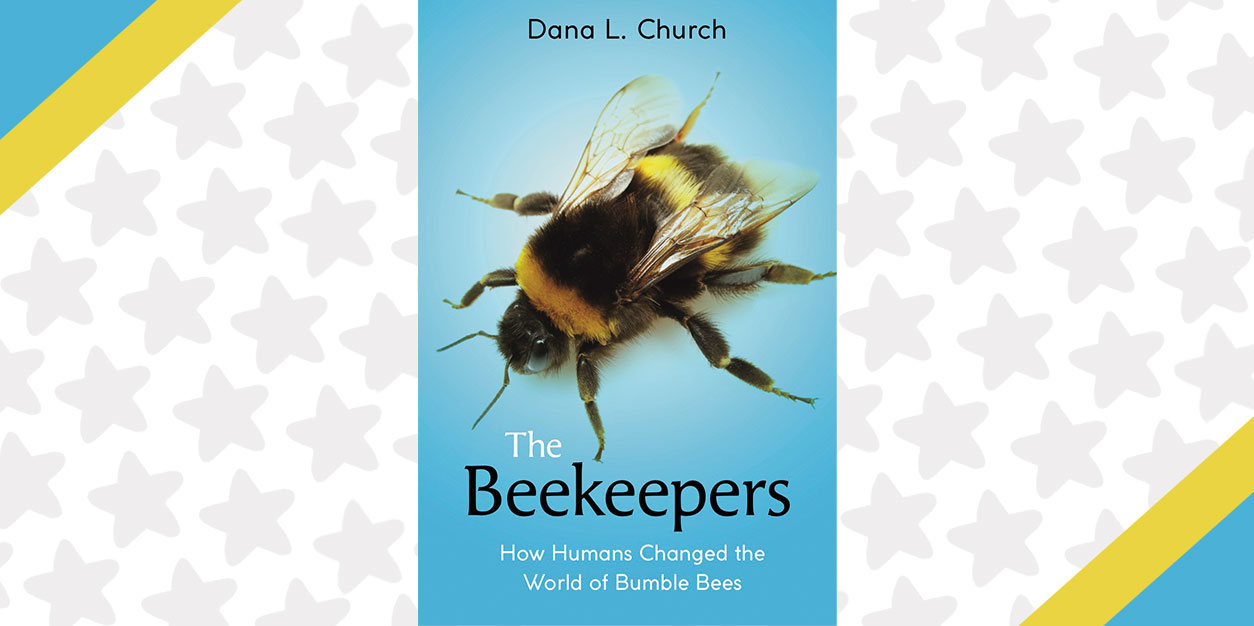
Bumble Bees & Backyard Gardens: 10 Fun Facts About The Beekeepers
Everyone has seen adorable fluffy bumble bees flying around their backyards, but have you ever stopped and wondered what a bumble bee’s life is really like? Author, animal researcher, and self-proclaimed “bee nerd” Dana L. Church has – and it turns out the story is totally fascinating – and much more complex than you’ve ever imagined!
In her new book, The Beekeepers: How Humans Changed the World of Bumble Bees, she’s taking readers behind the scenes into the extraordinary life a bumble bee. Filled with diagrams, images, and lots of facts and stories, this is the perfect read for anyone who’s curious about bees and saving the planet.
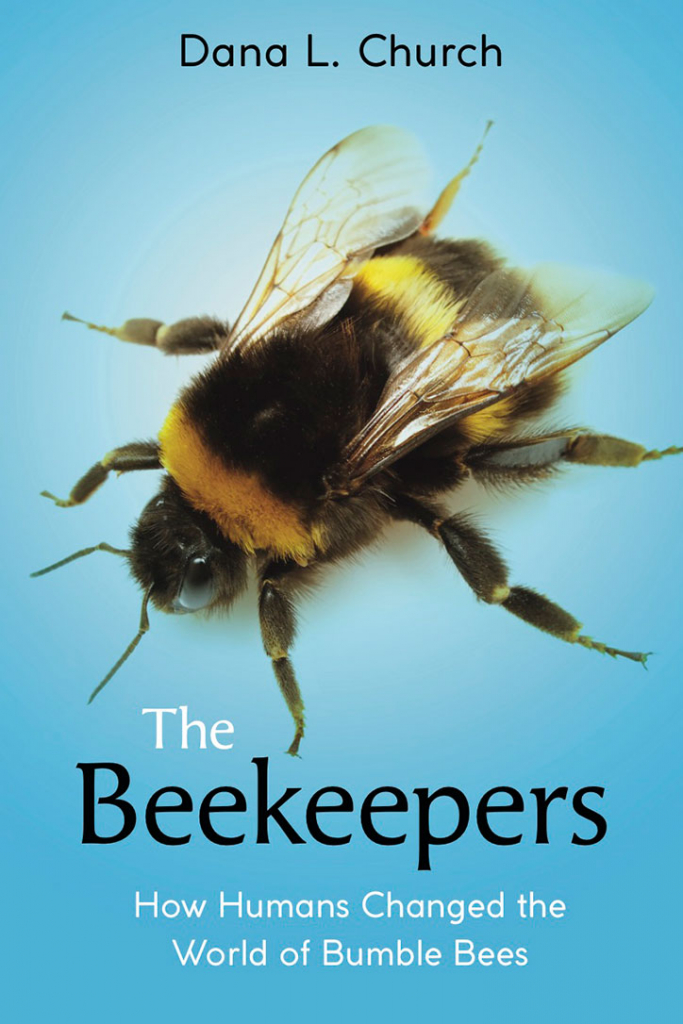
Bumble bees are as familiar to most of us as the flowers these fuzzy insects feed upon. But did you know that the bees in your garden could be escapees from a local greenhouse, or descended from stowaways on a Viking ship?
Bumble bees are a vital part of our lives and Earth’s ecosystems, so much so that we’ve commercialized their breeding and shipped them across states, countries, and ecosystems for our benefit. However, all of that human interference has consequences. Bumble bees are pushing out native species and altering ecosystems worldwide. Pesticide use has led to the spread of disease in local colonies. And some species may be disappearing entirely.
The Beekeepers is an expertly researched overview of bumble bees — from hive hierarchies to how their brains work — and the passionate humans and scientists who are fighting for their survival. With a thoughtful and accessible voice, researcher Dana Church introduces readers to the fascinating world of bumble bees, how and why some are thriving while others are floundering, and how both experts and regular citizens are working to ensure their future. Equal parts endearing, frustrating, and hopeful, this scientific narrative is essential for readers looking to understand and make an impact on our changing world.
The Beekeepers: How Humans Changed the World of Bumble Bees
AUTHOR: Dana L. Church
PUBLISHER: Scholastic Focus
DATE: March 2, 2021
You’ll love reading The Beekeepers and learning all how their brains work, hive hierarchies, and what experts are doing to keep bumble bees thriving. Did you know that you can help too? By doing something as simple as planting flowers in your yard, you’re doing your part to help save the bees in a major way!
In honor of Earth Day, author Dana L. Church is sharing 10 Fun Facts about bringing The Beekeepers to life, including a sweet bee moment that happened while she was writing in her yard!
10 Fun Facts About The Beekeepers: How Humans Changed the World of Bumble Bees:
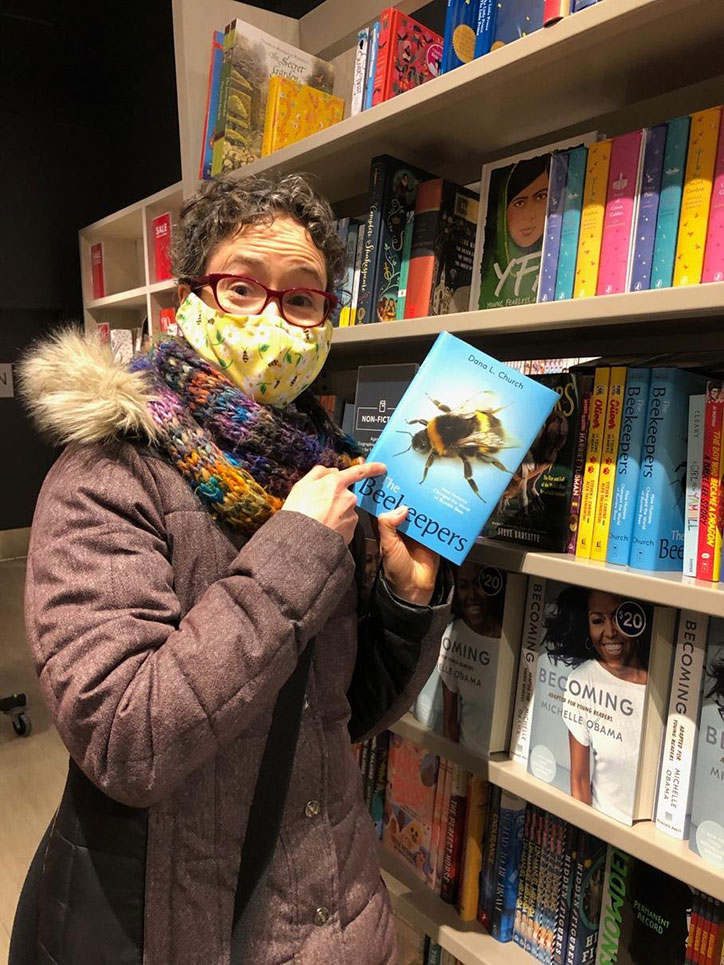
- FACT #1:
-
I had planned to write a very different book. It was about a fictional 12-year-old girl whose mom was a professor who had a bumble bee lab. The 12-year-old girl helped her mom run the lab and told the reader a whole bunch of bee facts. My editor at Scholastic suggested, “How about a book about the relationship between bees and humans?” I thought that was a pretty interesting idea, so I started writing. It ended up being a much better book.
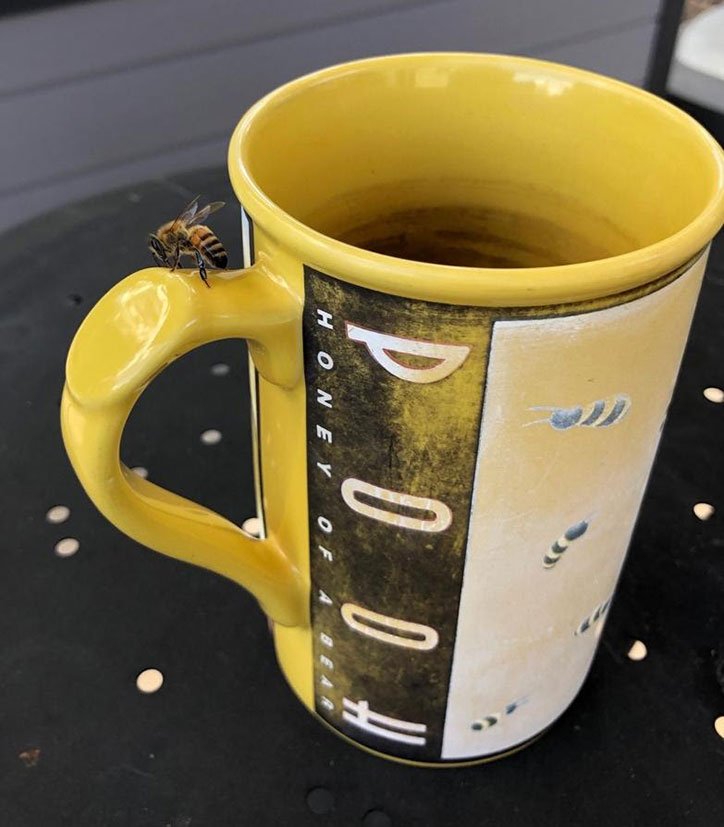
- FACT #2:
-
I wrote a good chunk of The Beekeepers while surrounded by bees! We have a patio set in our backyard that’s beside our little garden. In spring and summer, I love to sit outside and watch and listen to the bees that visit our flowers. On weekends I often bring my laptop outside with me to write. Once a little bee landed on my mug of tea. Maybe she wanted to do some fact-checking for me. Or maybe she was cheering me on.
- FACT #3:
-
When I first started writing The Beekeepers, my area of expertise was bumble bee behavior and cognition—learning, memory, and problem solving. Chapter Seven, which is about bumble bee “smarts,” was easy for me to write.
On the other hand, I didn’t know much about other stuff. I had to do a lot more research. I realized that I had a special opportunity, through writing this book, to let readers know that bumble bees are in trouble and that we can help them.
- FACT #4:
-
I wrote The Beekeepers in little bits at a time. I got up early every morning at 5 a.m. That’s right. FIVE A.M. Sometimes my progress was so slow I felt I would never finish. But then one day I realized I finished a chapter. And then a while later, half the book was done. Bit by bit, my little writing sessions added up. I learned that persistence really does pay off. If you work at something steadily, soon enough you’ll see progress. It’s annoying that all those wise sayings are…well…right!
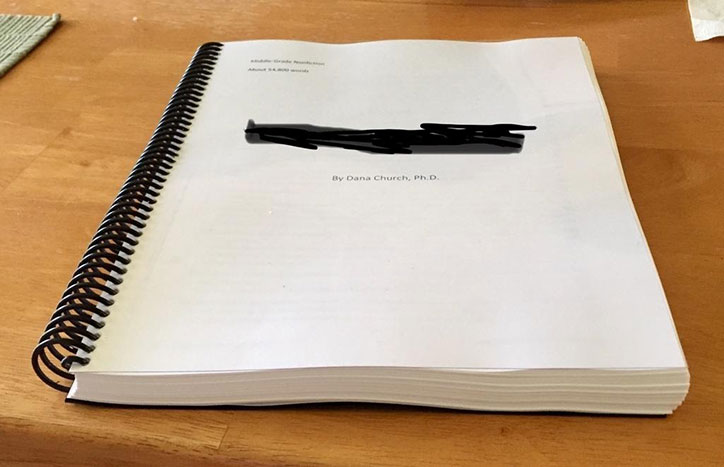
- FACT #5:
-
After I finished writing the first full draft of the book, I raced to the nearest Staples store and had the whole thing printed with spiral binding down the side. I wanted so badly to feel the physical, completed first draft in my hands. When they handed it to me at the store, I stood and held it for a little while, thinking Oh my gosh, I wrote a book! It was an incredible feeling.
- FACT #6:
-
We didn’t come up with the title until well after I finished writing the book. The original title I suggested was long and cumbersome. I can’t even remember what it was! But it was a mouthful. Between me, my editor, and the rest of the team at Scholastic, we did some brainstorming and then finally came up with The Beekeepers: How Humans Changed the World of Bumble Bees.
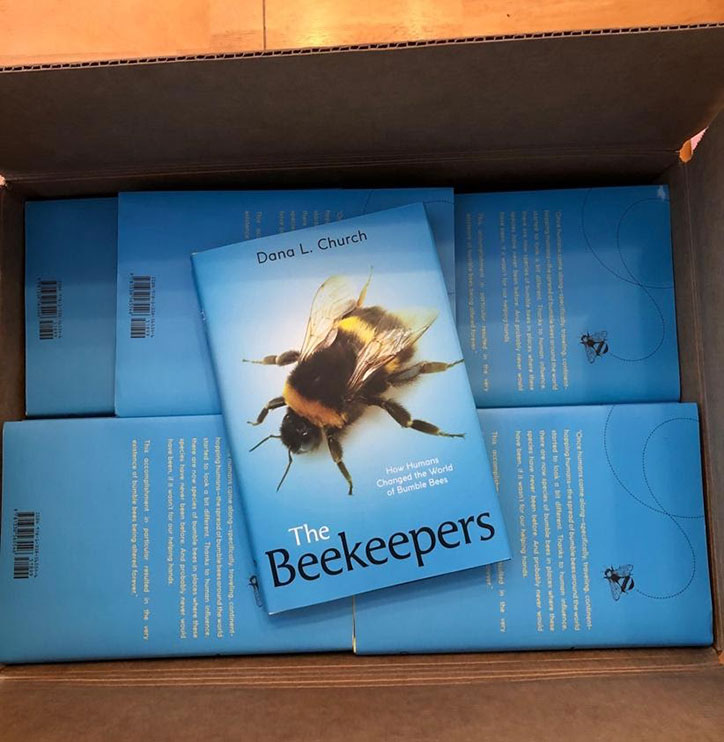
- FACT #7:
-
My copies of The Beekeepers arrived a few weeks before it was released in stores and online. I was over the moon to finally see and hold the final version. I already knew what the cover looked like, but I didn’t know there would be a drawing of a bumble bee buzzing by on the back cover and around my photo, or that the binding would be black and yellow like a bee. The team at Scholastic is the best!
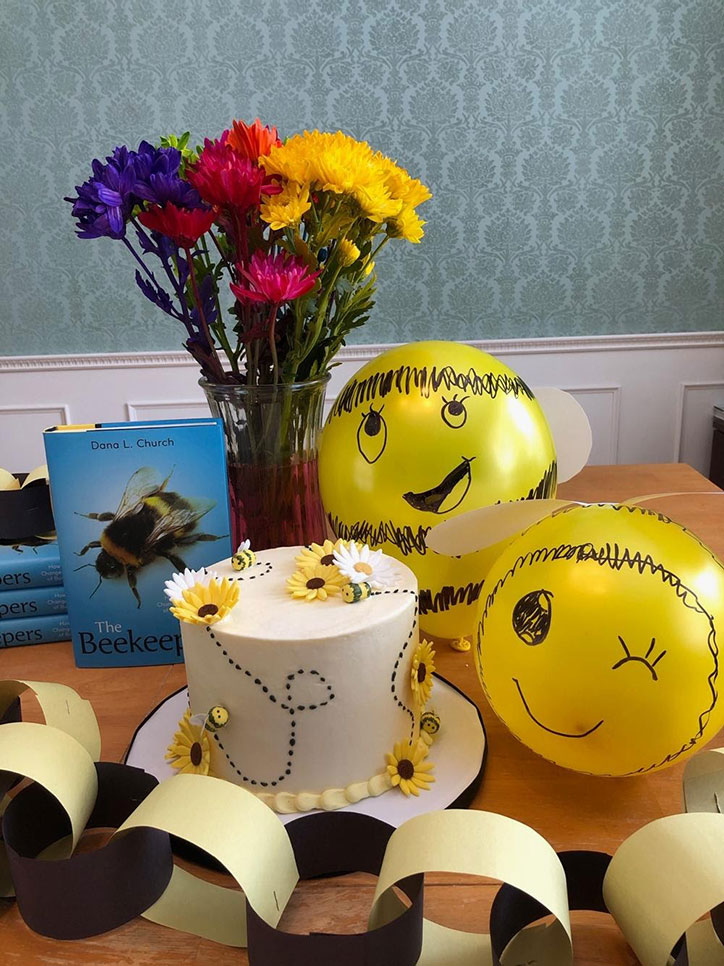
- FACT #8:
-
The weekend before The Beekeepers was released, I had a little party with my family. We wore silly hats, drew cartoon bees on yellow balloons, and ordered Greek takeout (one of my favorites). I had a special, fancy cake made by a local bakery. It was delicious and almost too pretty to eat. Although we couldn’t have a big party because of the pandemic, it was still a wonderful celebration.
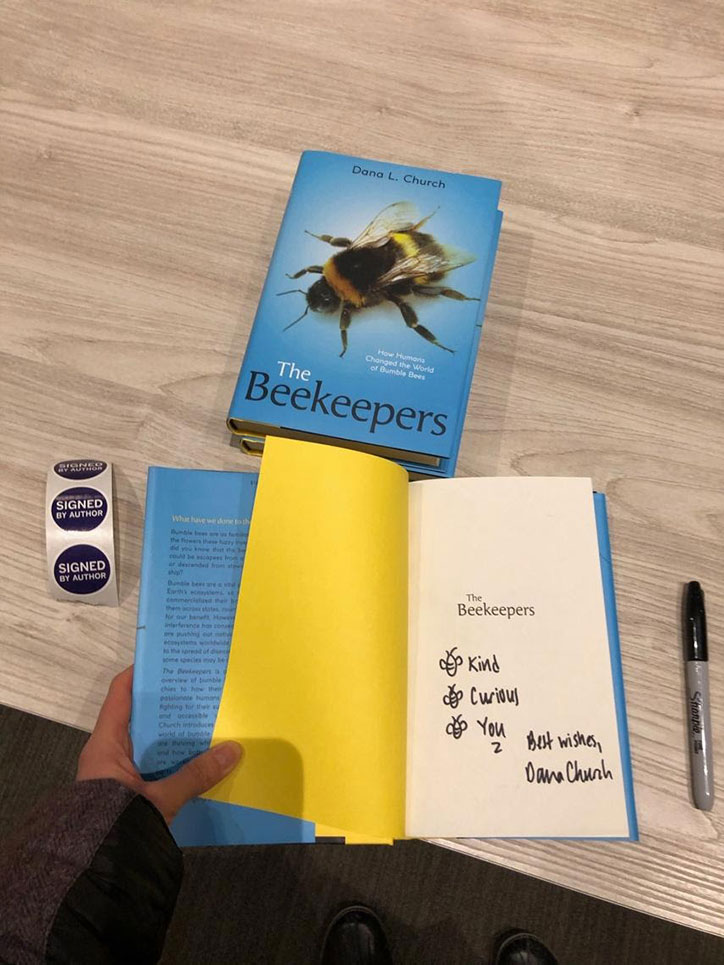
- FACT #9:
-
I was so thrilled to see The Beekeepers in my local bookstore! It was so fun to sign the copies. I also popped into my local library and saw it on the shelf. I held the book in my hands for a while, admiring the crisp, plastic library cover. I couldn’t believe it: I wrote a book that was now in the library! I might have looked rather weird, standing there staring at a book in my hand, but I didn’t care.
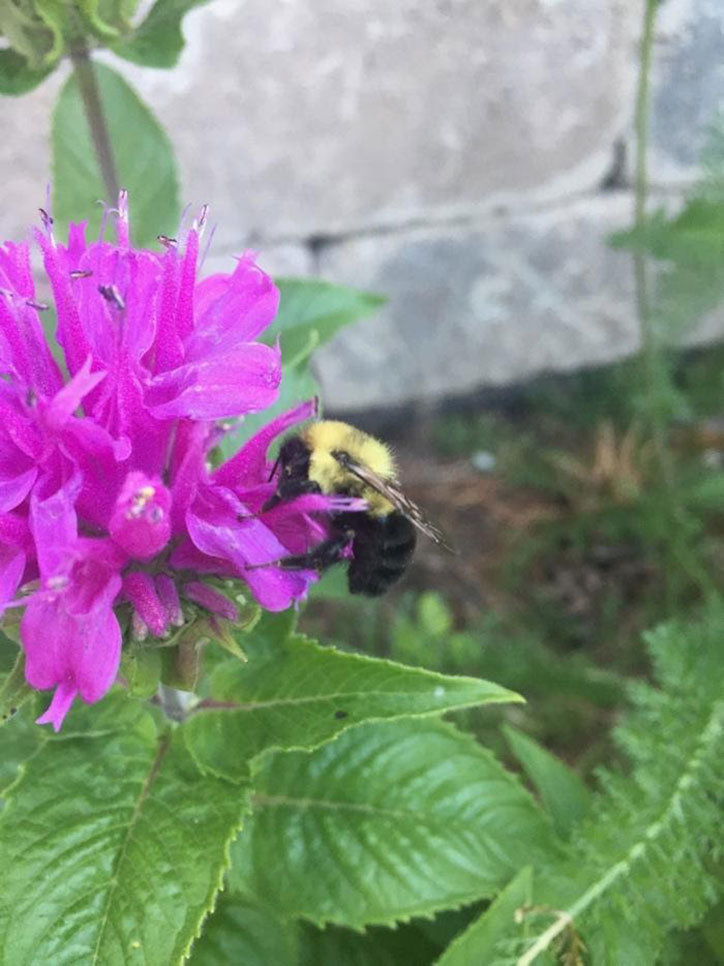
- FACT #10:
-
Writing The Beekeepers taught me the importance of our little backyard garden. I realized that besides being nice to look at, it’s a safe space in our busy city where bees can get food (pollen and nectar) and we don’t use chemicals on our lawn or garden that can make bees sick. I’m not an expert at gardening, but to help the bees, I’m learning what I can.
I hope The Beekeepers inspires readers to grow their own bee-friendly gardens. Could YOU hang a planter on your balcony, or put a pot of flowers on your porch?
Are you doing something to help wild bees? I’d love to hear about it! Send me a note and a photo or two if you like to [email protected].
If you love science, we think you’ll love reading Kid Innovators, a book filled with totally true biographies and fabulous illustrations detailing the lives of 16 iconic innovators and trailblazers throughout history!
